Mud construction is attracting the interest of architects again: this traditional material reduces the CO2 emissions of buildings while also allowing them to better withstand rising temperatures. However, the implementation is expensive and complicated due to the lack of qualified personnel.
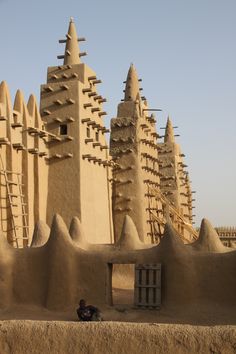
The technique of unburnt, raw earth with a portion of clay compacted and packed in layers, was used to build the Alhambra castle in Granada in medieval Spain and the Church of Reconciliation in Berlin in 2001.
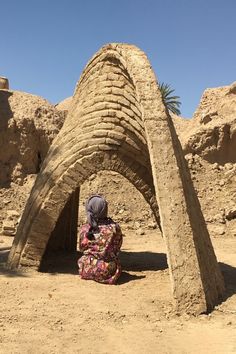
The Saudi city of Dariya, near Riyadh, is also built of mud bricks.
One third of humanity lives in earthen houses, which is more than two billion people in 150 countries.
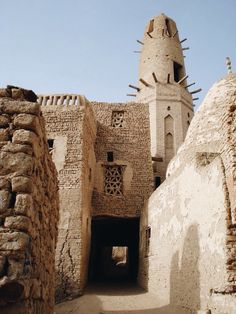
There are different methods of land use: rammed earth, cob (consecutive layers of cob without a frame), silt (raw soil mixed with straw), timber frame houses (soil compacted within a wooden frame) or raw clay bricks.
According to Mr. Xavier Chateau, director of materials research at the Navier laboratory, of the French National Center for Scientific Research (CNRS), the reuse of raw soil in construction is based on a study showing that 1kg of cement is still emits a certain amount of CO2, while 1kg of raw soil has no emission.
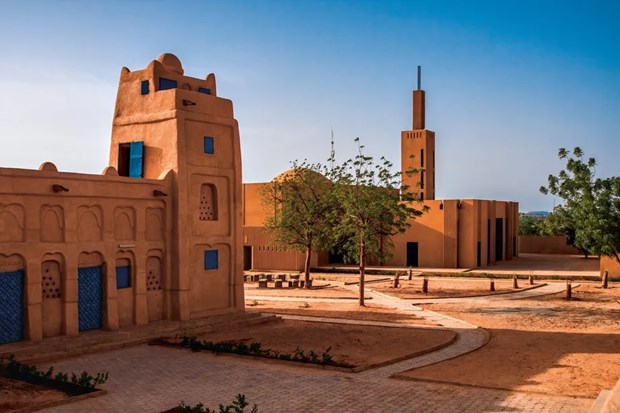
In addition, silty soil offers very good thermal inertia, by naturally regulating moisture. And it is 100% recyclable.
Soils could therefore help meet a major climate change challenge. “If we could reduce the world’s cement consumption by 25 percent, it would be like we were eliminating the climate impact of all air transport,” Mr. Chateau calculates.
However, soil has its weaknesses. Buildings must be protected from bad weather. The local French press regularly reports on collapsed brick buildings.
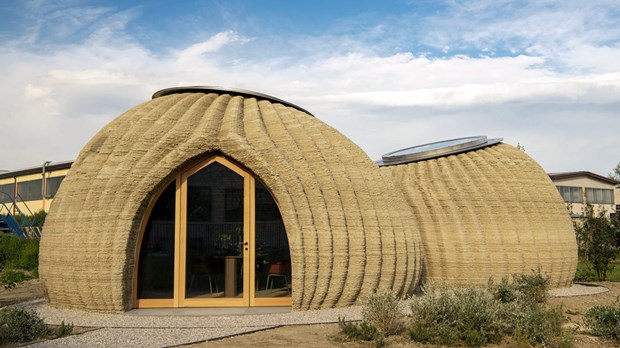
A house built of raw earth thanks to 3D printing technology. (Source: Review Geek)
Some add additives, cement, lime, iron and steel slag (blast furnace waste) or biologically derived products (straw or hemp), to “stabilize” the soil, making it hydrophobic. water and allows buildings to be more durable.
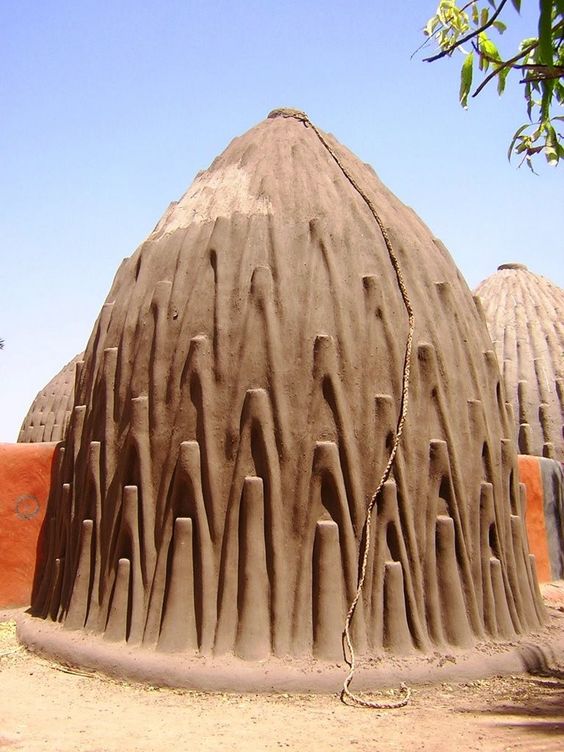
Paul Emmanuel Loiret, the architect behind “La Fabrique” in Sevran, a suburb of Paris, a factory where compacted earth blocks are made from rubble from construction sites in Grand Paris, said: “The standard, European law, requires us to have materials 10-20 times stronger than what we need. We have to decarbonize completely and quickly.”

And Mr. Chateau affirmed: “In Africa, Burkina Faso or Malawi, stabilizing raw soil with cement at the foot of a building to solve the water problem has become a manual secret. However, this is a natural material, which varies depending on where it is taken, so it will not be invariant over time and it will be difficult to guarantee the work. Raw earth is a great material on paper, except it doesn’t take any manpower to make and costs more.”
Source: special68





